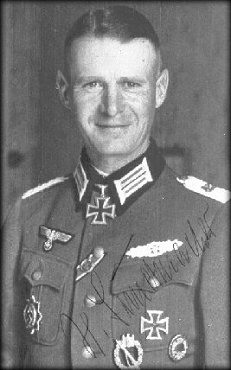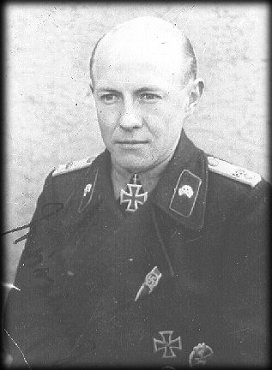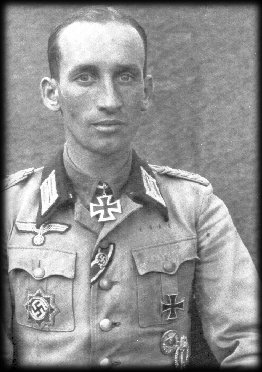
Jaques Caldero and Sebastián Bianchi
With the invasion of the Soviet Union, Hitler instituted
the “Honor Roll of the German Army”, which was to record honorable and heroic deeds performed by members of this branch of
the German military institution. However,
no outward representation of entry in the roll existed until late in the war,
namely January 1, 1944, when Hitler introduced the “Honor Roll Clasp of the
German Army and Waffen SS”.
Manufacturing and Technical information
The Honor Clasp of the German Army was a gilded wreath of Oak Leaves with a ribbon tied at its base and a square swastika as a center feature. The oak leaves are made up of individual bunches, and taper off toward the top where they meet with a single oak leaf. The ribbon that unites the wreaths at the base of the clasp is full, and has a width of 21mm.
The swastika that takes up the center of the badge is of the non-mobile type (it is not on its edges), and has a small indentation running throughout. The clasp has two variations here as it could be made from one single strike, or the swastika could be of a different strike and soldered on. The difference in the final product is minimal, but one may be able to discern the two by carefully examining the point at which the swastika and the wreath meet.
The reverse of the clasp is the imprint of the obverse, with 4 pins which facilitate the attachment to the ribbon.
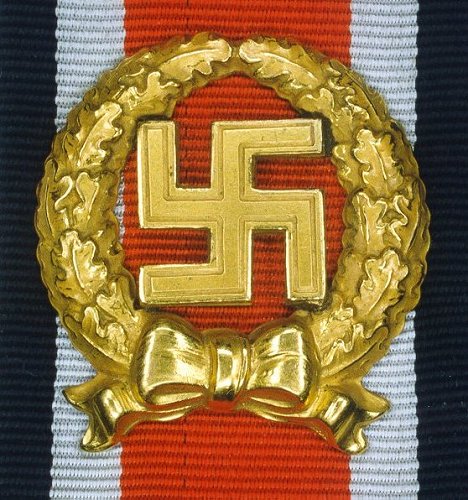
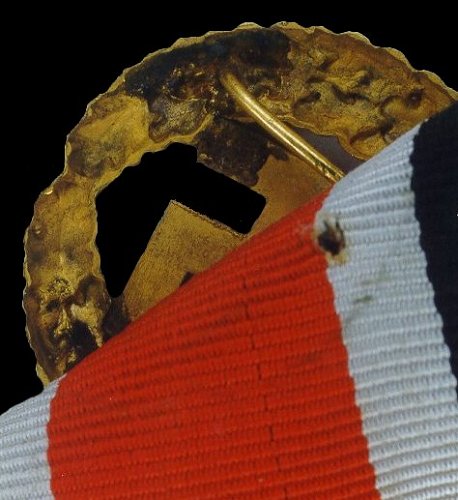
The Measurements are as follows,
-
Whole Clasp Across – 24.5mm
-
From base to tip – 26mm
-
Widest wreath point – 5mm
Presentation, Wear and Documents
The badge was presented in a small black box with a white satin lid. It was presented on an Iron Cross 2nd Class ribbon, with this ribbon folded underneath the base.
Regulations called for this clasp to be worn on the second buttonhole of the tunic, on the ribbon of the Iron Cross 2nd Class. Even though the swastika is not mobile in the award, the method of wear makes it look like it is a mobile swastika (because it is slanted on the ribbon). If the recipient held the 1939 Iron Cross bar to the Iron Cross 2nd Class 1914, only the Honor Roll Clasp was worn.
A paper certificate was issued with the Clasp, and the proper annotations were recorded into the individuals’ file.
Below is Hauptsturmführer Willi Hein of the SS Pz. Rgt. 5 "Wiking". He received the Knights Cross on May 3, 1944, after receiving the Ehrenblattspange on November 15, 1943. He wears this last mentioned decoration on according to regulation the buttonhole of its crossed tunic in this photo taken in 1944.
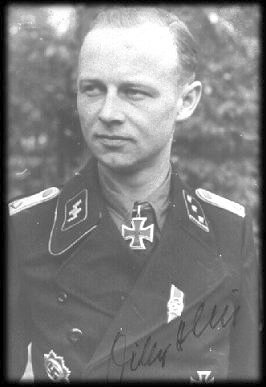
The badge was presented in a small black box with a white satin lid. It was presented on a Iron Cross 2nd Class ribbon, with this ribbon folded underneath the base.
Regulations called for this clasp to be worn on the second buttonhole of the tunic, on the ribbon of the Iron Cross 2nd Class. Even though the swastika is none mobile in the award, the method of wear makes it look it is mobile swastika (because it is slanted on the ribbon). If the recipient held the 1939 Iron Cross bar to the Iron Cross 2nd Class 1914, only the Honor Roll Clasp was worn.
A paper certificate was issued with the Clasp, and the proper annotations were recorded into the individuals’ file.
Award Criteria
The Clasp was to be presented to all those members of the Heer and Waffen SS who committed acts of heroism or distinguished themselves by their honorable behavior. These acts, however, were of such of a degree that neither the Knights Cross to the Iron Cross or the German Cross could be recommended.
A prerequisite for eligibly was that the individual be in possession of both the Iron Cross 2nd and 1st Class. It is estimated that 4,556 awards of the Heer clasp were presented before the end of the war.
|
|
The highly decorated Major Hienz Sundmacher of the GR. Rgt.431. Received the Knights Cross on February 28, 1945. He also revived the Close Combat Bar, German Cross in Gold, and Honor Roll of the Heer. |
|
Hpt. Maximilian Wirsching, of Schw.Pz.Abt.507, Knights Cross on February 7, 1945, Ehrenblattspange on July 7, 1944. He wears his decoration on the buttonhole as regulated. |
|
|
Major Hans ENGELIEN duPz.Aufkl.Abt.12 Ritterkeuz on August 12, 1944, Eichenlaub on March 16, 1945. |
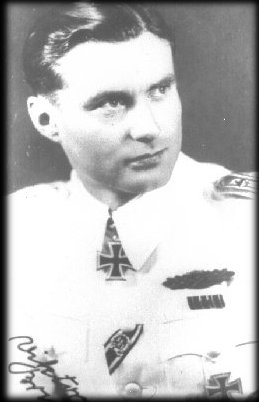 |
To the right is Major Viktor Bruck of Gr.Rgt.376. He received the Knights Cross on October 20, 1944. He carries Honor Clasp of the Heer on the buttonhole on his white dress jacket. |
![]()
© Copyright Wehrmacht-Awards.com LLC |
